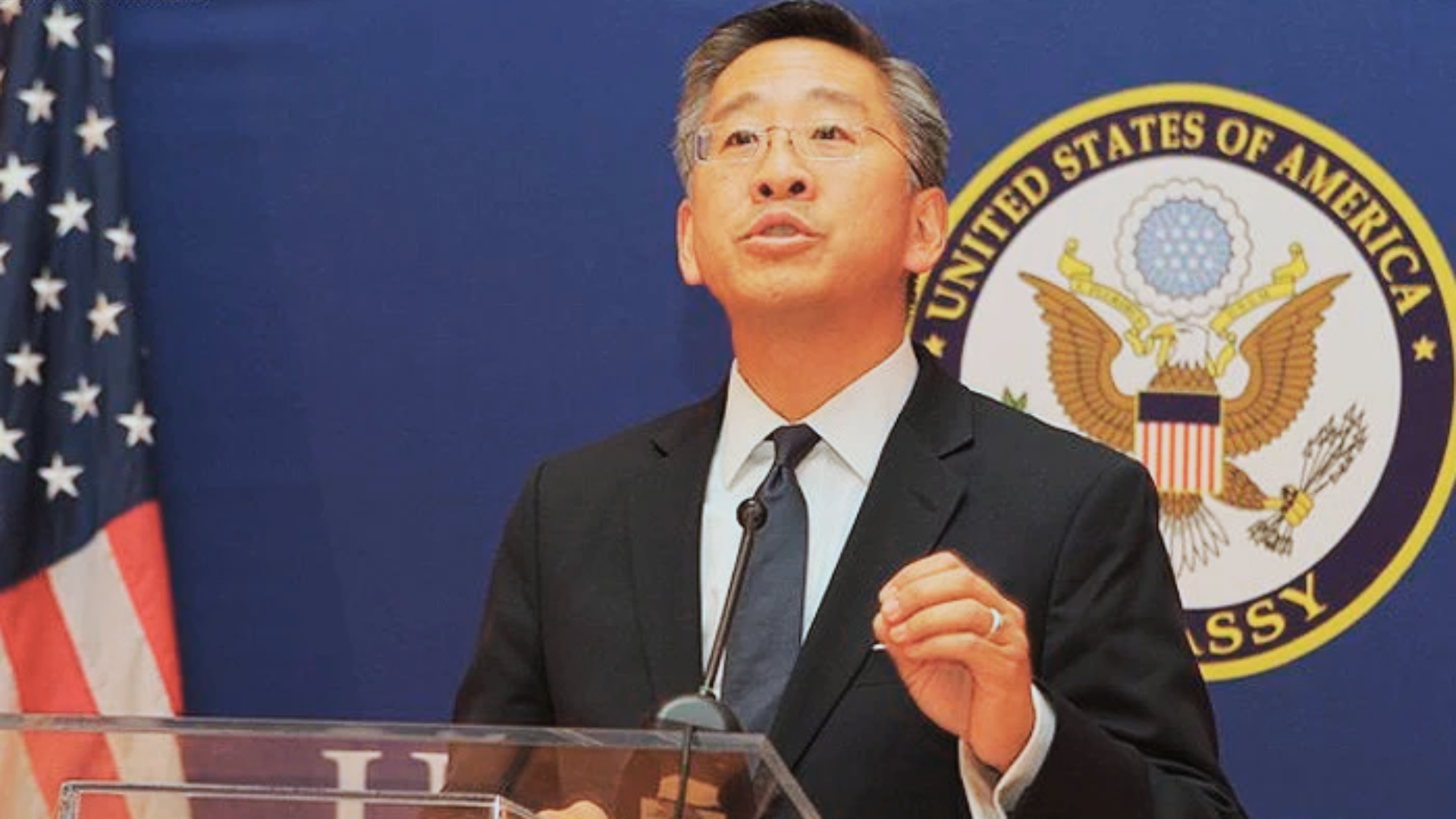


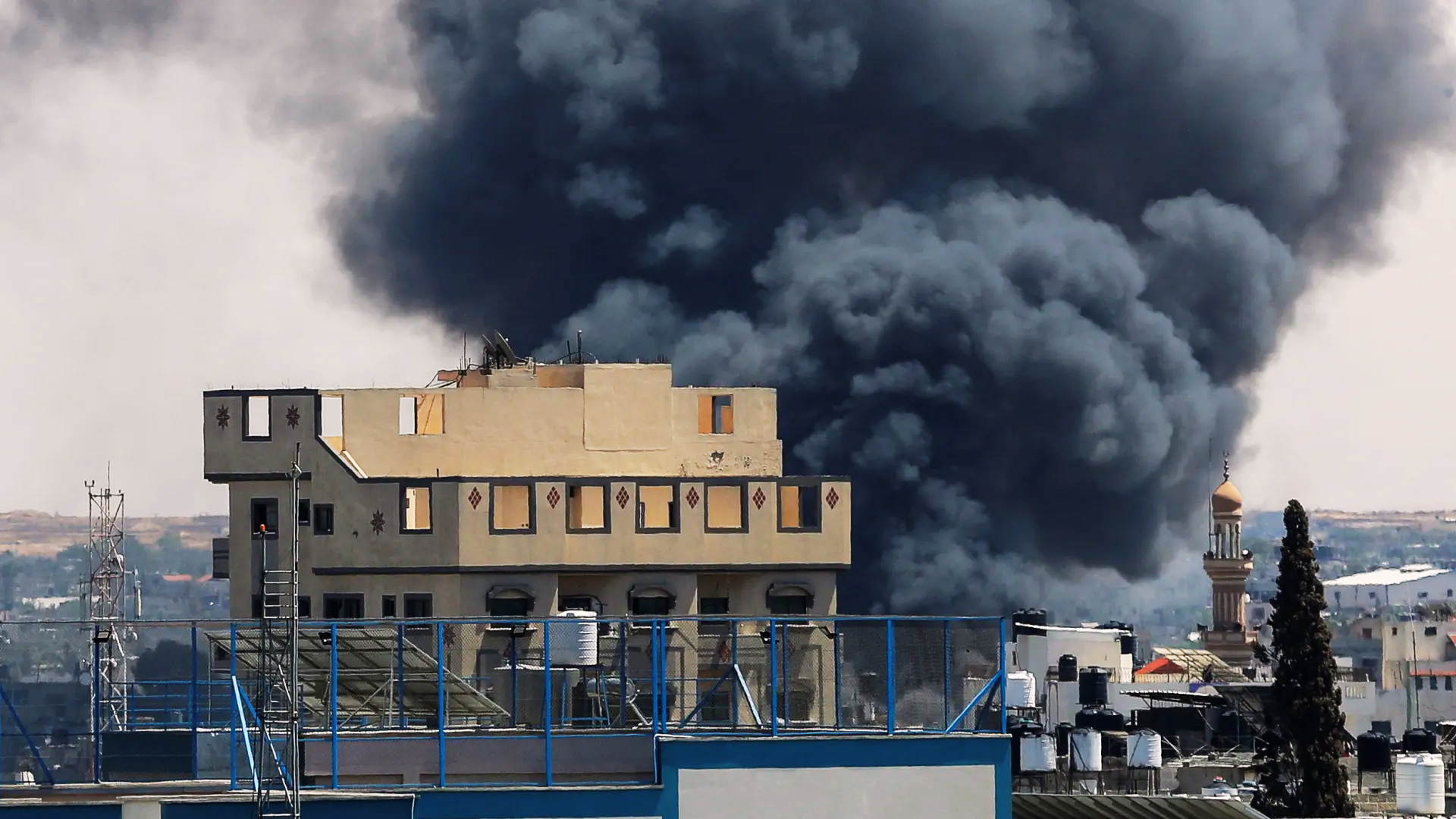




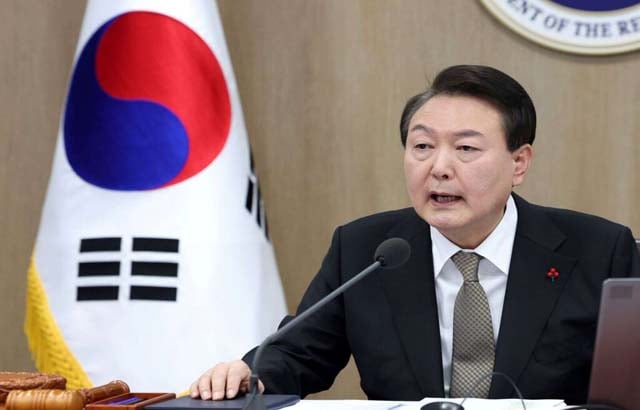
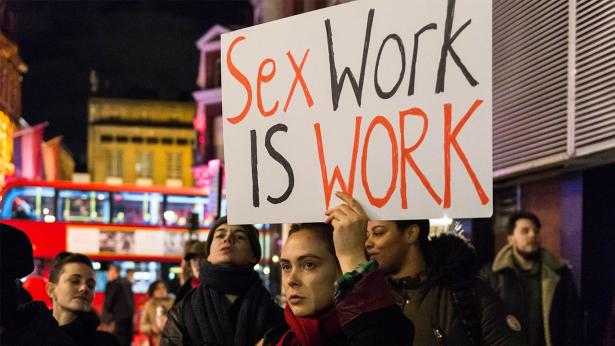
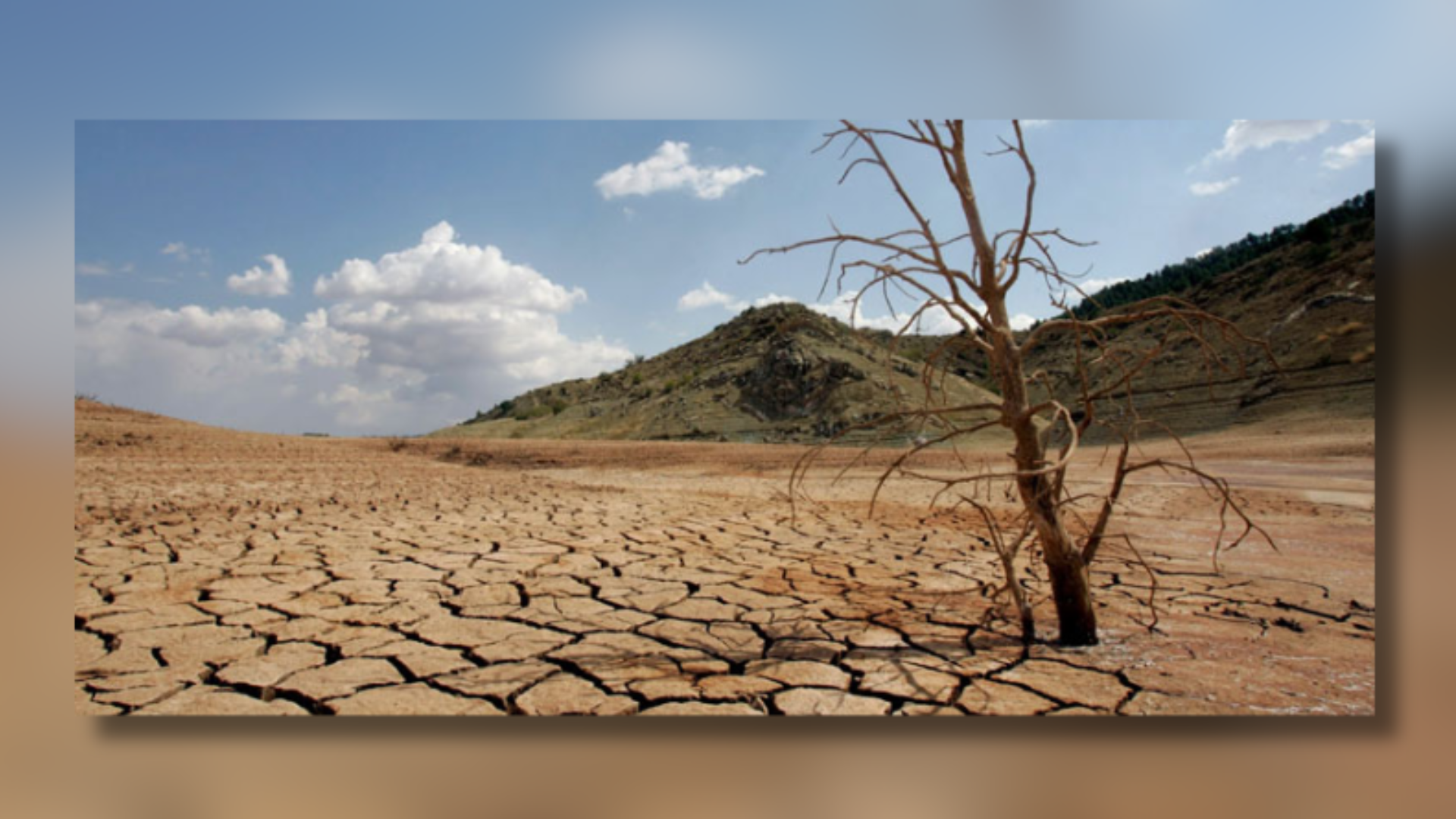
Bogotá, the capital of Colombia, is set to implement water rationing this week due to critically low levels in several reservoirs, exacerbated by the El Niño climate phenomenon.
In a press conference on Monday, Mayor Carlos Fernando Galán highlighted that reservoirs had hit “historically low” levels, worsened by the effects of El Niño, which brings elevated temperatures and reduces precipitation.
Commencing Thursday morning, restrictions or rationing measures will be enforced for Bogotá residents and numerous surrounding towns and municipalities, impacting approximately 9 million people, as outlined in a statement on the city’s official website.
According to the city’s official website, the country and region have experienced extended periods without rain since June 2023 due to El Niño.
In January, Colombian President Gustavo Petro issued a natural disaster decree to empower the government with additional resources to address the detrimental impacts of El Niño, such as wildfires and water scarcity.
Under the plan, nine different zones will implement rotating water rationing measures. Each zone will undergo 24-hour water restrictions starting at 8 a.m. local time before passing on to the next zone in line.
Galán assured on X that hospitals and schools would have contingency plans in place to ensure uninterrupted access to water.
“The critical levels of the reservoirs from which we draw drinking water for Bogotá lead us to take measures aimed at saving water and reducing consumption from 17 cubic meters per second to 15,” Galán’s post read.
“This must be the beginning of a behavioral change that is sustainable over time and guarantees that water is enough for everyone,” he continued.


